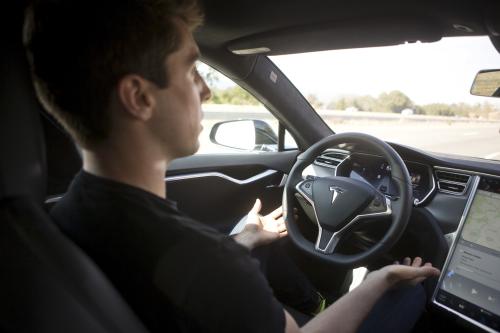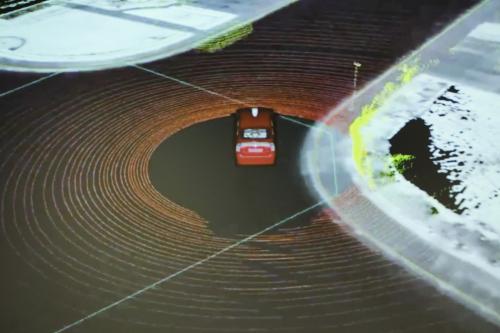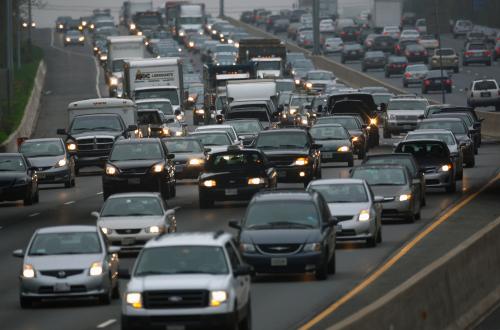In May, a semi-autonomous car was involved in the first fatal crash of its kind when a Tesla Model S operating in Autopilot mode and its driver failed to recognize a white semi-truck turning left across the highway ahead of the car. The driver was killed when the car passed under the trailer of the truck and careened off the road. This accident presents challenges for the introduction of semi-autonomous features, as transportation regulators work to maintain safety while promoting innovation. Moving forward, regulators should work with Tesla and other automotive manufacturers in order to improve driverless car technology.
The accident is currently being investigated by the National Transportation Safety Board and Tesla. Preliminary reports indicate the white trailer was not recognized by the driver or the car against “a brightly lit sky,” and the brakes were not applied. However, Tesla asserts this crash resulted not as a fault of its Autopilot system, but because of the braking system of the Model S. They argue the car either did not see the trailer or interpreted it as a building or overhead sign, objects that the system is programmed to ignore to prevent unnecessary braking. Furthermore, the driver allegedly was speeding when the crash occurred, traveling 74 miles per hour in a 65 mile per hour zone.
Regardless of the causes of the crash, this accident raises questions regarding the implementation of semi-autonomous features in vehicles. Tesla is a major innovator in this realm. Its electric Model S was updated late last year with its Autopilot features, which introduced automatic lane changes, adaptive cruise control, and side collision warning. As shown in many videos, the car can easily navigate stop and go traffic, keep the car in its lane on highways, and avoid collisions with cars. This fatality is the first in over 130 million miles where Autopilot was in use, compared to the U.S. average of one fatality every 94 million miles.
However, the Autopilot system is not fully autonomous and requires continuous attention by the driver to take over when necessary. Tesla markets the system as an active beta, software that receives updates continuously and is still far from a final version. But drivers who have used the system describe it as “the car is driving itself,” and they are not afraid to push the limits of the technology.
A survey by AAA found a majority of drivers want at least one semi-autonomous feature in their next car, yet three-quarters of drivers are still afraid of riding in fully autonomous vehicles, even though the latter may be safer due to the absence of driver distractions from automotive operations. Given public sentiment, should manufacturers wait until the technology is fully developed to reduce traffic deaths, or should they release it in stages to reduce deaths incrementally? Both incremental updates and fully developed releases will reduce the 33,000 people who die in traffic accidents each year in the United States. Ultimately, early adopters must decide for themselves if they are willing to accept reduced risk with increased responsibility, or wait for fully driverless cars.
The fatal collision of the Tesla Model S was tragic, but completely dismissing the Tesla Autopilot system as dangerous would be short-sighted. Tesla should change its marketing of Autopilot, as argued by safety groups like Consumer Reports, to better inform consumers of its limitations. Any beta system has its flaws, but it would be difficult to argue that these safety features are not worth implementing unless crashes and fatalities can be completely eliminated. For this reason, the National Highway Traffic Safety Administration, the National Transportation Safety Board, and other transportation regulators must ensure Tesla and other car companies learn from these incidents to help consumers use new technologies within their limits. Consumers, companies, and regulators can learn more together about the nature of autonomous cars and develop safer technology for future drivers.
Jacob Lineberry contributed to this post.







Commentary
Autopilot fatality reveals risks of technology testing
August 18, 2016